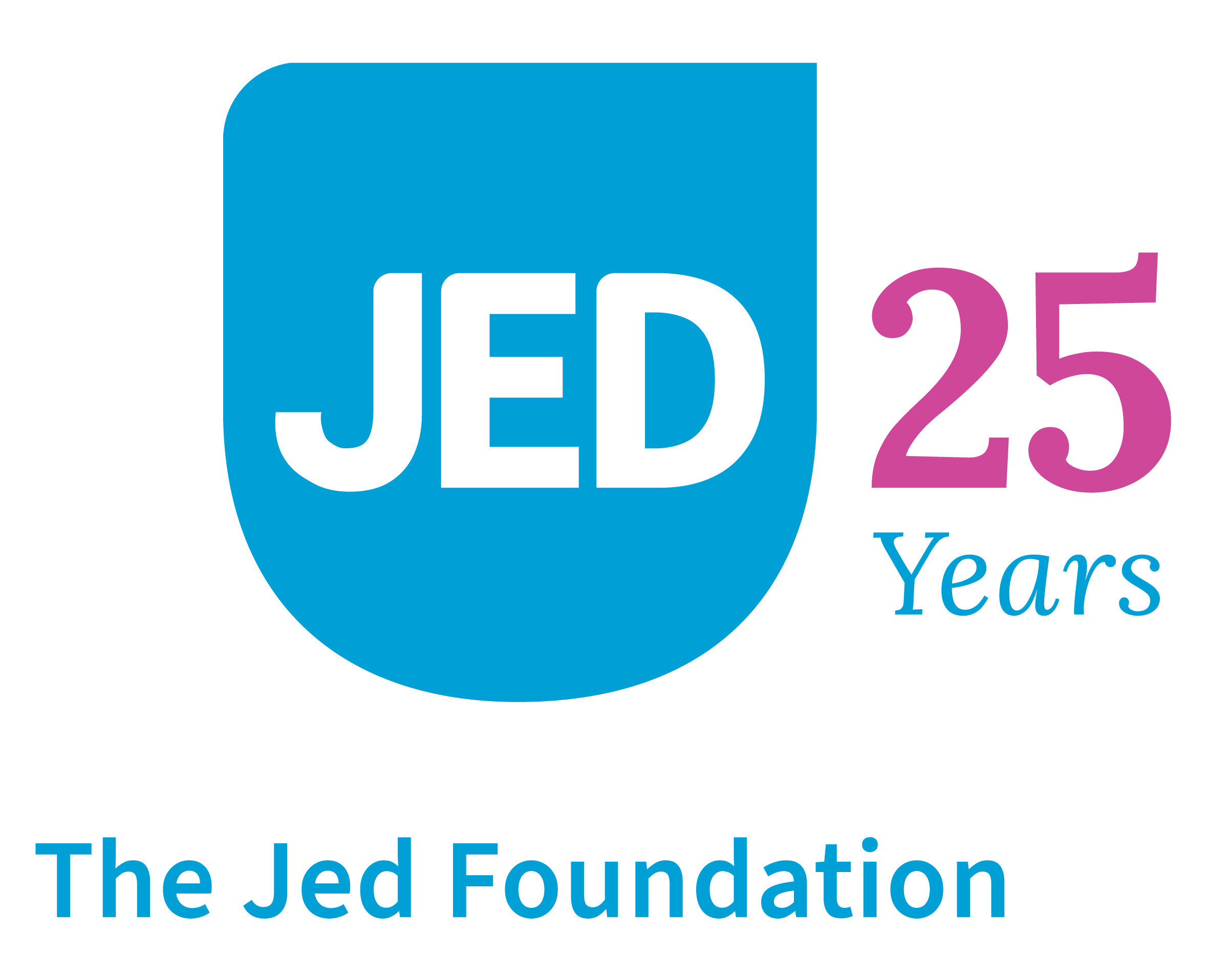While mass shootings are relatively rare in comparison to other forms of gun violence—for example, suicides accounted for more than half of gun deaths in 2020—they tend to attract more public interest and media coverage.
The Jed Foundation (JED) believes that timely reporting on mass shooting incidents is necessary in order to share facts and resources with the public and those who have been impacted. However, responsible media coverage is essential—and that begins with establishing safe messaging guidelines.
For example, journalists should:
- Avoid speculating on the cause of a mass shooting. Do not indicate that one specific problem led to a shooting incident or publish a perpetrator’s manifesto, if one exists.
- Instead: Emphasize that there are many complex factors that can lead to a mass shooting.
- Avoid speculating on the perpetrator’s mental health. Many perpetrators do not have formal diagnoses of mental health conditions, and mental health is not necessarily related to violence. Reporting on their mental state as an apparent cause of the shooting can further stigmatize people living with mental health conditions, the majority of whom are nonviolent. It is also important to note that people with mental health issues are more likely to be the target of a crime than the perpetrator.
- Instead: Limit reporting to the facts of the incident, using objectivity regarding the perpetrator’s behaviors and actions.
- Refrain from sharing sensitive details about the perpetrator’s life. Sharing too many personal details may cause others to over-identify with that person, and can potentially lead to a contagion effect or inspire copycat incidents.
- Instead: Present objective facts about the perpetrator’s actions and the consequences of those actions.
- Avoid frequent use of the perpetrator’s name and likeness. This can potentially inspire copycat incidents from others looking for media attention.
- Instead: Use their name once for identification purposes and refrain from using it in the headline.
- Be sensitive when using images in a story. Do not use images from the crime scene, which can be retraumatizing for survivors. Avoid using photographs of the perpetrator holding a weapon or wearing militaristic gear, as this could also be seen as valorizing their actions. To be sensitive to survivors, do not pair photos of the perpetrator with photos of victims or survivors.
- Instead: When showing photos of the perpetrator, only use their face, and crop out any weapons. (Note: The exception to recommendations about names and likeness is if a suspect is at large and sharing their identifying information might aid in their capture.)
Gun violence is a public health crisis in the United States, and it particularly impacts young people: 1 in 4 victims of mass shootings are children and teenagers. In 2021, there were more than 30 mass shootings at schools that resulted in death or injury. Some of the most devastating mass shooting incidents in the past decade have happened at schools, including: Sandy Hook Elementary School in Newtown, Connecticut; Stoneman Douglas High School in Parkland, Florida; and Robb Elementary School in Uvalde, Texas.
Violent incidents like these have a profound effect on young people’s mental health. Children and teens who are exposed to gun violence are more likely to develop mental health issues such as depression, anxiety, and post-traumatic stress disorder (PTSD); more likely to have performance issues in school; and more likely to develop substance misuse issues.
As an organization dedicated to protecting the emotional health of teens and young adults, JED is committed to limiting the psychological harm of gun violence. As part of that effort, in 2017, JED contributed to a comprehensive guide for safe reporting on mass shootings. Find it here.
In addition to safe language guidelines, there are recommendations for methods of reporting that avoid sensationalizing the perpetrator’s actions, are sensitive to survivors, and reduce the likelihood of contagion, which include:
- Limit live press events. Do not use digital re-creations of the crime scene. Instead, opt for issuing witness statements and factual accounts.
- Limit the time frame for media coverage. Additionally, consider whether the story needs to be treated as breaking news. If there is information that must be shared in real time for public safety, provide coverage in a straightforward manner.
Instead of focusing on the perpetrator, reporters have an opportunity to share stories of those affected. In recent years, citizen journalism and storytelling projects such as Moments That Survive and Since Parkland have highlighted the lives lost to, or forever changed by, gun violence, in the hope of shifting the public narrative away from perpetrators and toward victims and survivors. When conducting interviews with people affected by a shooting, it is important to approach such interviews with sensitivity.
Reporters also have an opportunity to focus on what communities can do to mobilize against gun violence. Preventing gun violence of all kinds is a multifaceted issue that requires community support. Reporters covering shootings can draw attention to proactive solutions at the local, state, and federal level that community members can get involved in. They can also provide resources for survivors or people who are concerned about a loved one’s mental health in the wake of a mass shooting.
The media’s role in responsible coverage of mass shootings does not end when an article is published. Stories and graphic scenes from mass shooting incidents can circulate widely on the internet, especially on social media sites. So it is important for news outlets to remain sensitive to how they report on mass shootings because they cannot necessarily control how and where the story gets shared online. And if reporters are relying on user-generated content on social media to assist in reporting—for example, using images or video footage of an incident taken by social media users—it is recommended that all content be carefully vetted for accuracy and screened for sensitivity.
The media has an important role to play in shaping the narrative around gun violence as a public health concern. JED recommends getting an expert opinion on how to handle reporting on gun violence and mental health related topics. If you are reporting on a mass shooting incident and would like to confer with one of our mental health experts, please contact media@jedfoundation.org.






